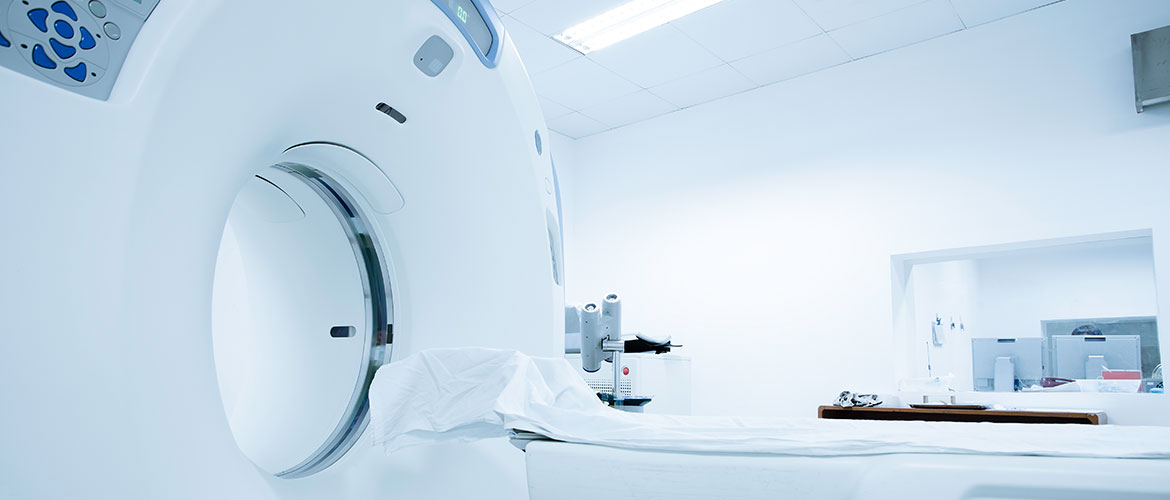Garry Carneal, JD, MA, RadSite President & CEO
In today’s hectic medical practice, imaging providers need to run a tight ship in terms of moving patients through the imaging process to optimize clinical outcomes and remain profitable.
Unfortunately, patients are sometimes lost in the process as they are referred from one provider to the next while dealing with a complex medical issue.
Although an imaging provider cannot explain everything to a patient regarding their course of treatment, the imaging tech or other staff member can explain what type of image study the patient is about to receive and provide a general overview of the diagnostic or interventional goals of the procedure.
Since time is often compressed in patient-provider meetings, RadSite encourages patients to review the Consumer Guide to Imaging Modalities before the procedure. It can be downloaded from RadSite’s website at no charge. We also encourage imaging providers to make printed copies available to their patients at their office.
The 15-page Guide provides a helpful overview of low-tech and high-tech imaging systems. Patients can better understand what the medical goals are associated with their particular image study. Image modalities addressed in the Guide include radiography, fluoroscopy, computed tomography (CT), DXA/bone densitometry, mammography, nuclear medicine (including SPECT and PET), diagnostic ultrasound, and magnetic resonance imaging (MRI).
The Guide also includes a page of handy references if consumers or imaging providers are interested in digging deeper regarding any specific imaging modality. RadSite also encourages interested parties to learn more about our MIPPA Accreditation Program Standards through a free download. It addresses advanced diagnostic imaging (ADI) modalities, so readers get a better feel of current quality and testing requirements. Several other helpful resources include Image Gently, Image Wisely, and Choosing Wisely.
RadSite will be updating the Consumer Guide to Imaging Modalities this fall, so stay tuned for further updates.
A final thought: an informed patient is a better patient. They are more engaged and compliant, and they will have better outcomes!

